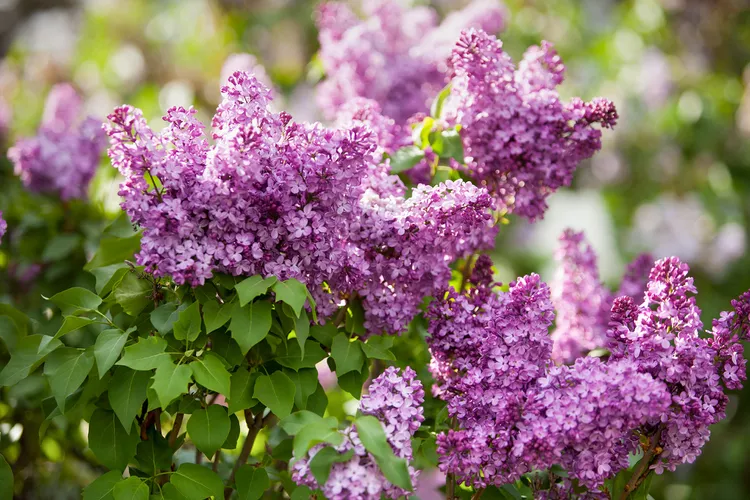9 Things You Need To Know When Planting Lilac In Victoria, BC
Nine essential tips to ensure your lilacs thrive

Planting lilacs in Victoria, BC, can bring years of fragrant blooms to your garden if done correctly. Here are nine essential tips to ensure your lilacs thrive:
- Choose the Right Variety: Select lilac varieties that are well-suited to the Victoria climate. Consider bloom time, flower color, and mature size when making your selection.
- Planting Time: Lilacs are best planted in the fall or early spring. Cooler temperatures help the plants to establish their roots without the stress of summer heat.
- Location: Lilacs need full sun to bloom profusely, so choose a location where the plant will receive at least 6 hours of direct sunlight each day.
- Soil Conditions: Lilacs prefer well-drained, fertile, slightly alkaline soil. If your garden soil is heavy or acidic, amend it with compost and consider adding garden lime to adjust the pH level.
- Planting Depth and Spacing: Dig a hole that is twice as wide and just as deep as the root ball. Plant lilacs at the same depth they were in the nursery pot, ensuring good contact between the roots and the soil. Space plants according to their mature size to ensure adequate air circulation.
- Watering: Water your lilac thoroughly at planting time. Continue to water deeply and regularly during the first growing season to help establish a strong root system. Once established, lilacs are relatively drought-tolerant but may need extra watering during prolonged dry spells.
- Mulching: Apply a layer of mulch around the base of the plant to help retain soil moisture, suppress weeds, and keep the root zone cool. Keep the mulch a few inches away from the stem to prevent moisture-related diseases.
- Fertilization: Lilacs generally do not require a lot of fertilizer. An application of a balanced, slow-release fertilizer in early spring can support healthy growth and blooming. Avoid high-nitrogen fertilizers, which can promote foliage growth at the expense of blooms.
- Pruning: Prune lilacs immediately after they finish blooming in spring to shape the plant and remove spent flowers. This helps encourage more blooms the following year. Every few years, thin out older stems to rejuvenate the plant and promote airflow, which helps prevent disease.
By following these guidelines, your lilacs will have the best chance of flourishing in Victoria, BC, bringing beauty and fragrance to your garden for many years.
